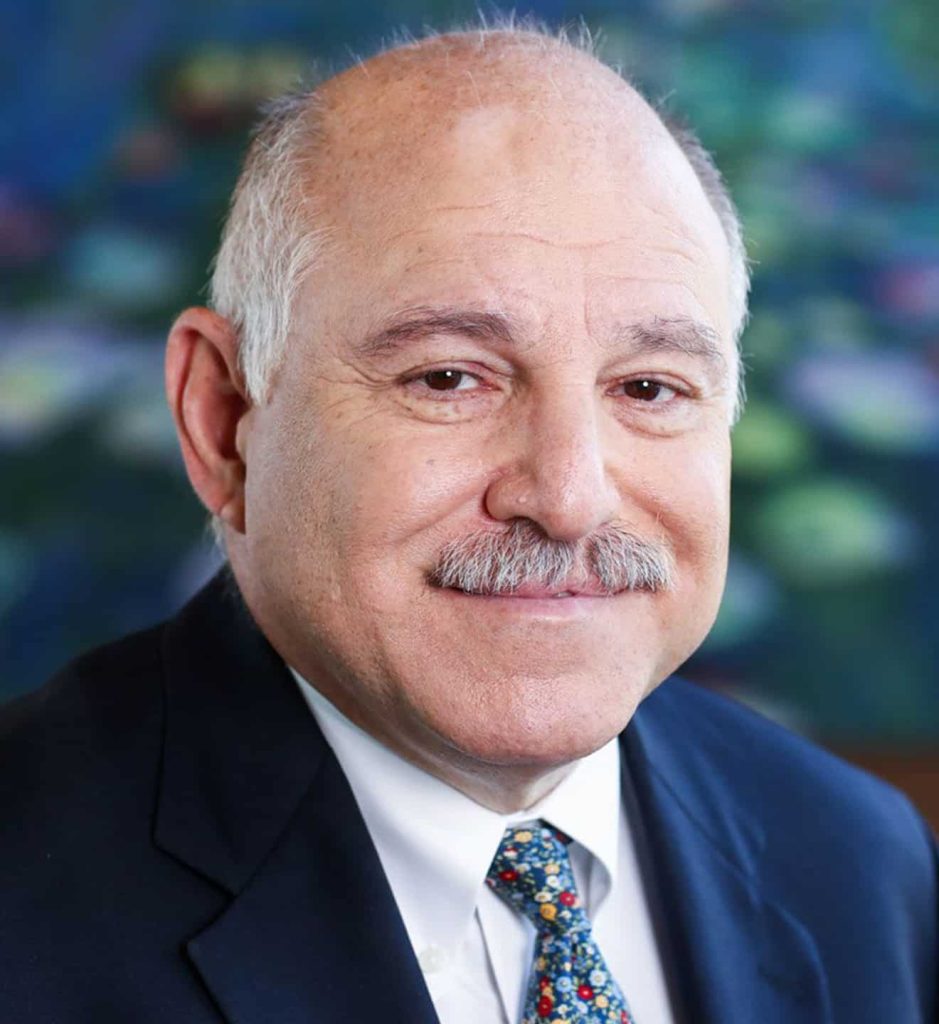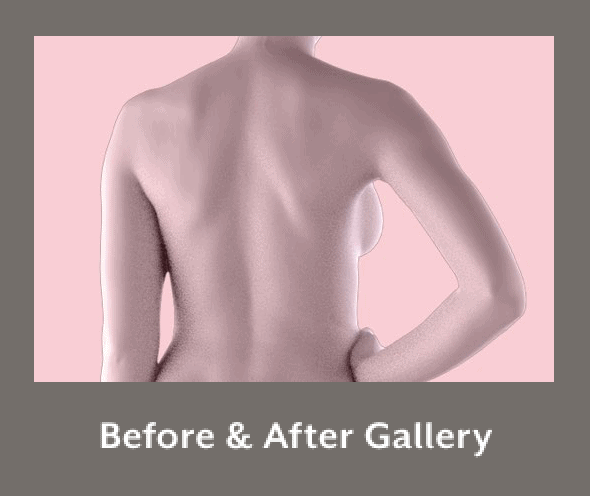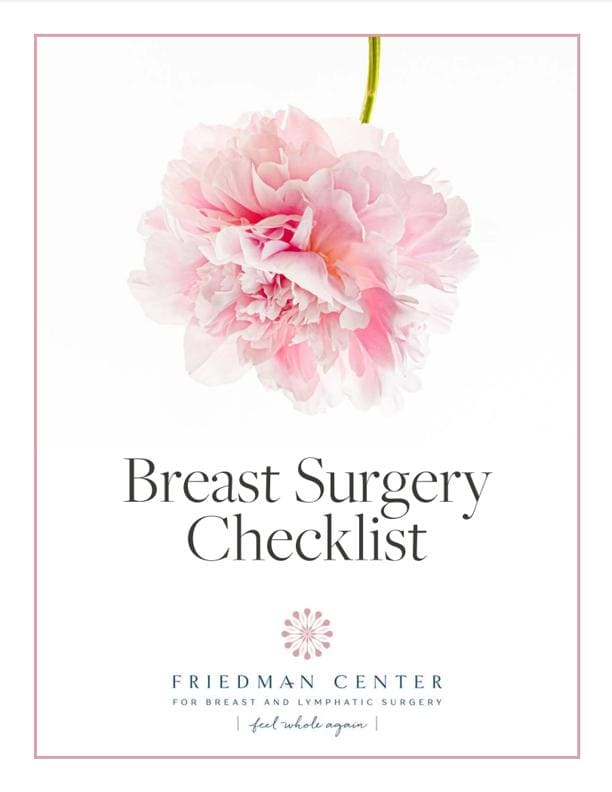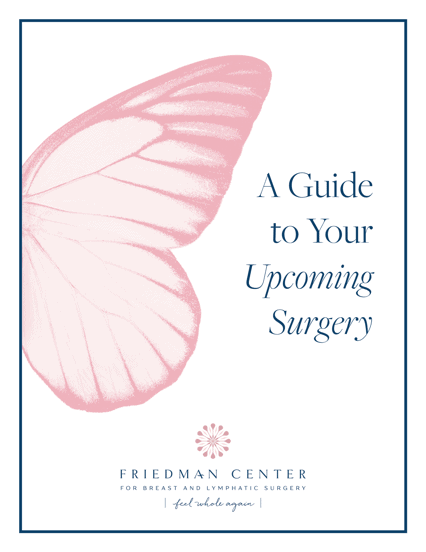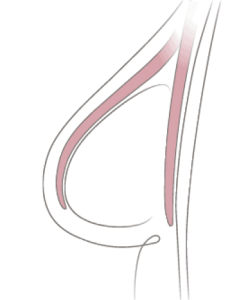About Breast Reconstruction » Implant Procedures » Implant Placement (Above or Below the Muscle)
Implant Placement
(Above or Below the Muscle)

On this page

On this page
There are many factors taken into account when assessing a patient for implants: Implant type (saline or silicone), implant shape (round or teardrop), implant size, and placement of the implant.
Implants can be placed either above (prepectoral) or below (retropectoral) the pectoralis major muscle (i.e., your chest muscle). The placement above or below the chest muscle depends on the patient’s natural body type and how much breast tissue the patient has available to cover the implant.
There are advantages and disadvantages to both “above the muscle” and “below the muscle” implants. Each approach will be discussed during your consultation.
Placement of Your Implant
Retropectoral and Prepectoral Implant Placement

Also called subpectoral, this is the most common positioning of the implant. A tissue expander or implant is placed into a pocket created under the chest wall muscle (pectoralis).
Advantages:
- Offers more soft tissue coverage and
camouflage of the implant, particularly in extremely thin patients - Reduces the chances of rippling, which gives skin a wavy appearance
- Provides protection from implant exposure if there is risk of skin loss or delayed healing
Disadvantages:
- Since the pectoralis muscle is cut, recovery takes longer than with prepectoral placement
- Some patients develop chronic pain from
retropectoral implants - There may be movement or “animation” of the implant when the muscle contracts

Prepectoral breast reconstruction involves placing the implant on top of the pectoralis muscle rather than under the muscle. This technique does not cut or compromise the chest wall. The implant is placed directly under the skin, and acellular dermal matrix (ADM) is used to act as a sling and hold the implant in place.
Women who benefit from this procedure are in relatively good shape with small to medium size breasts that are not overly saggy. Women who have thin skin are not good candidates, as the skin can be easily compromised, and there are limited options for correction if the implant becomes exposed.
Advantages:
- Doesn’t disrupt the chest muscle
- Is less invasive and less painful than
retropectoral implant placement - Has a faster recovery time than retropectoral placement
- Reduces excessive movement of the implant
when the chest muscle is contracted (“animation”)
Disadvantages:
- Can increase the risk of rippling in patients with thin breast tissue
- Typically requires a secondary fat-grafting procedure
Discuss with your surgeon whether prepectoral
or retropectoral placement is the best option for you.
Additional Choices and Alternatives
Timing of your implant procedures is an important consideration in breast reconstruction. Direct to implant procedures place implants at the same time as a mastectomy, without the use of tissue expanders. If tissue expanders are used, implant placement will be delayed by several months.
If you want to combine breast implants with a natural tissue procedure, you may be a candidate for hybrid reconstruction. And if you’re concerned about having to replace implants due to complications or aging, then a natural tissue procedure such as the DIEP flap may be a better choice.




